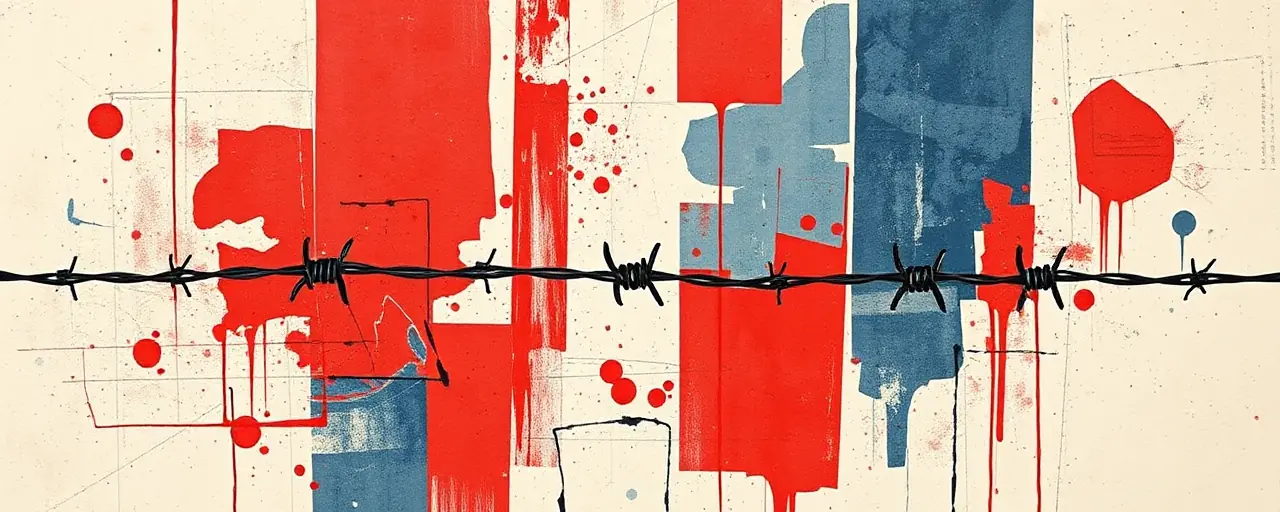A High-Stakes Capture in Maryland
In late March, federal agents in Cumberland, Maryland, took a man named Edvin Giovanni Ceron-Reyes into custody. The 37-year-old Guatemalan citizen wasn’t a stranger to law enforcement; he’d served over a decade in prison for attempting to kill two people. His arrest by U.S. Immigration and Customs Enforcement, known as ICE, came just as he was set to leave a state correctional facility, spotlighting a system designed to catch non-citizens with serious criminal records before they slip back into society.
Ceron-Reyes’s case isn’t an isolated one. It’s part of a broader effort by ICE to track down and deport individuals living in the U.S. without legal permission, especially those convicted of violent crimes. For some, this is a vital safeguard for public safety; for others, it’s a flashpoint in a decades-long debate over how the nation handles immigration and crime. What’s clear is that his arrest pulls back the curtain on a complex interplay between local jails, federal agents, and the people caught in between.
From Prison to Deportation
Ceron-Reyes’s journey through the U.S. legal system began in 2011, when Howard County police in Maryland charged him with attempted first-degree murder. A court convicted him the following year, handing down a 20-year sentence. While he served his time, ICE flagged him as someone who’d entered the country without authorization, issuing a detainer, a request to hold him after his prison term for transfer to federal custody. On March 31, that handoff happened, and now he awaits deportation to Guatemala.
This process hinges on immigration detainers, tools ICE uses to ask local authorities to keep suspects in jail beyond their release dates. Supporters say it’s a seamless way to nab dangerous offenders; detractors argue it blurs the line between criminal justice and immigration enforcement, sometimes ensnaring people who pose little threat. Data from early 2025 shows ICE averaging about 693 deportations daily, a figure that hasn’t spiked dramatically despite tougher policies under the current administration.
The Bigger Picture of Enforcement
ICE’s role has grown since its creation in 2003, born out of a post-9/11 push to tighten national security. Today, with a budget nearing $9 billion and a workforce of over 20,000, the agency targets everyone from gang members to people with minor infractions. A recent operation in Massachusetts nabbed 370 individuals, including some tied to notorious groups like MS-13. Yet, the focus on criminal offenders like Ceron-Reyes often overshadows a broader reality: many swept up by ICE lack serious records.
The current administration, in office since January 2025, has doubled down on enforcement. Armed forces now patrol the southern border, and agents can operate in places like schools or hospitals, areas once off-limits. Critics point to a chilling effect, noting that immigrants, even victims of crime, hesitate to engage with police or courts when ICE looms nearby. Advocates, though, insist these measures keep communities safer by rooting out threats.
Voices in the Debate
Public views on this issue split sharply. Surveys from early 2025 reveal that just over half of Americans back stricter border controls, a drop from years past, while 61% still see immigrants as part of the nation’s fabric, though that number’s softening too. Some cheer ICE’s work, arguing it upholds the law and protects citizens. Others, including immigrant rights groups, warn that heavy-handed tactics erode trust and tangle innocent lives in legal limbo.
Legal scholars also weigh in, questioning the detainer system’s fairness. A March 2025 settlement forced ICE to tweak its approach, requiring more oversight to align with constitutional protections against unreasonable detention. For people like Ceron-Reyes, the outcome is straightforward, deportation. But for the system itself, the tension between safety and rights keeps fueling a restless standoff.
Looking Back, Moving Forward
America’s immigration story has always been a tug-of-war between openness and control. The late 19th century saw the federal government step in, setting up inspections and quotas. By the 1990s, laws toughened, tying criminal convictions to deportation and paving the way for ICE’s modern muscle. Each era’s policies reflect its fears, from economic strain to security scares, and today’s no exception.
Ceron-Reyes’s arrest is a snapshot of that legacy in action. It’s a win for those who see ICE as a shield against crime, a worry for those who see it overreaching. As deportations roll on and debates simmer, the real-world stakes, lives altered, families split, communities on edge, stay front and center. What happens next depends on how the nation balances its laws with its values.
